
{I wrote this back in 2009 for ‘How Stuff Works’. It was finally published sometime last year. Funny how the internets work. I accidentally came across it while Googling “good Champagne.” So, I’m so thrilled to share that it was a huge article I composed, taking one entire month to research, interview, and do more research. I learned so much about making Champagne, that I now deem myself a bona fide connoisseur and even would dare make some! The article is quite long so I’m going to split in two posts. Part I is published here. I hope you find it as informative and entertaining as I did while researching and writing. B-}
THE RIDDLER
Though the process of making Champagne is mostly over once the cork goes into the bottle, there are a few other steps that have to happen before the bottle is ready for sale. Yeast continues to grow and split, giving the wine its flavor. However, the yeast has to be removed through a process called riddling. A person called the riddler places wine bottles upside down at a 75-degree angle, and turns them one-eighth of turn every day [source: Pandell]. A little shake and bump helps, too. This can be a mundane task, but it’s necessary to allow the yeast to collect at the top for removal.
The yeast leaves the bottle through disgorging. Here’s how it works: The bottle rests upside down in an ice-salt bath. A plug containing the dead yeast freezes at the neck of the bottle. The trick is removing that frozen plug without sacrificing the taste and quantity of the carefully crafted Champagne.
{READ: How Champagne Works, Part I}
Once the cork is removed by hand, the pressure of the carbon dioxide gas built up in the bottle forces the plug out. Doing this requires the loss of a controlled amount of Champagne. To make up for it, a certain amount of white wine, brandy and sugar are added to the final product, to adjust the alcohol and sugar levels. Finally, the cork is placed back on the bottle and tightened down with wire. This last step raises the pressure again, keeping the bubbles inside until it’s time to pop the cork.
This process results in four types of Champagnes: A brut Champagne is characterized as being very dry and not too sweet. Extra brut is the driest and least popular, according to wine specialist Stacy Slinkard. Sec Champagne is dry, but not as dry as brut, and demi-sec or non-brut is the sweetest of them all.

THE HOUSES OF CHAMPAGNE
We mentioned earlier the two cities that make up theChampagne region: Rheims and Epernay. The world’s most famous Champagne houses reside in one of these two cities.Wine historians say Champagne was invented in the 1700s as an accidental discovery by Dom Pérignon. He was a Benedictine monk who worked with wine and put great passion into chemistry and developing something other than still and red wines. His statement to other monks, “Come quickly, I am drinking stars,” ultimately alluded to his misplaced discovery of what we know to be Champagne [source: Marshall]. The House of Möet & Chandon, from the Epernay village, takes ownership of his discovery and has named its most popular Champagne after him.
Other famous houses of Champagne market their Champagnes as the best in the world. But what really makes Champagne better than any other sparkling wine? Climate, soil quality and the precise locations of the vineyards determine the quality of grapes used to make the still wine. Different houses plant and ferment grapes differently. Additionally, the blending or selecting of the cuvée is probably the most important element in making Champagne.
The houses, depending on their specialty and distinct qualities, establish their fermentation times and exercise unique blending techniques. One thing to note is whether the Champagne is vintage or non-vintage. Non-vintage Champagnes are made up with several different blends from various years of grape harvesting. They only ferment 17 months. In contrast, vintage Champagnes spend at least two years working their magic. Vintage Champagnes are blended wines from one particular year [source: Johnson and Robinson].
CHAMPAGNE AND THE AOC
Because Champagne represents and is consumed by the upper echelon, it is understandable why wine producers in other regions make similar sparkling wines. However, in order to protect the quality of wines, French wine producers must adhere to strict guidelines as outlined in the “appellation d’origine controlé,” or AOC. These guidelines apply to both wines and Champagnes. The Institute National de L’origine et de la Qualité has established certain guidelines as a way to limit poor-quality wines and Champagnes that may come from mediocre lands and vineyards, and to establish consistent uniqueness and authentic characteristics from varying regions. If a wine producer or Champagne house wants to boast being among the best, it can apply for AOC status, which will be stamped on the label of its bottles. The criteria for being a top producer aren’t so easy to come by and include the following: acceptable land usage, proper region climate and soil quality, variety of grapes used, alcohol level of the wine and taste.
Bottles bearing the AOC mark have been scrutinized by a panel of tasters that sample all wines applying for this prestigious accolade. So, when you see a Champagne bottle bearing the words “appellation d’origine controlé,” you’re drinking a bottle that has passed all criteria and quality requirements. This AOC process contributes to the high price tag on Champagne, but ultimately ensures that what you’re drinking is bona fide extraordinaire.
Although French law dictates that Champagne must be produced in the Champagne region, other notable European countries have relentlessly dipped into making sparkling wines. Spain produces a variety called cava. England also produces sparking wine. The country’s proximity to the sea allows the grapes to ripen during July. This allows the wine to achieve the perfect levels of sugar and acidity, which ultimately create the bubbles. Expanding the boundaries of areas in which Champagne can be made from France to include vineyards in Great Britain is something the French government is entertaining. As of this writing, a final disposition has not been issued.
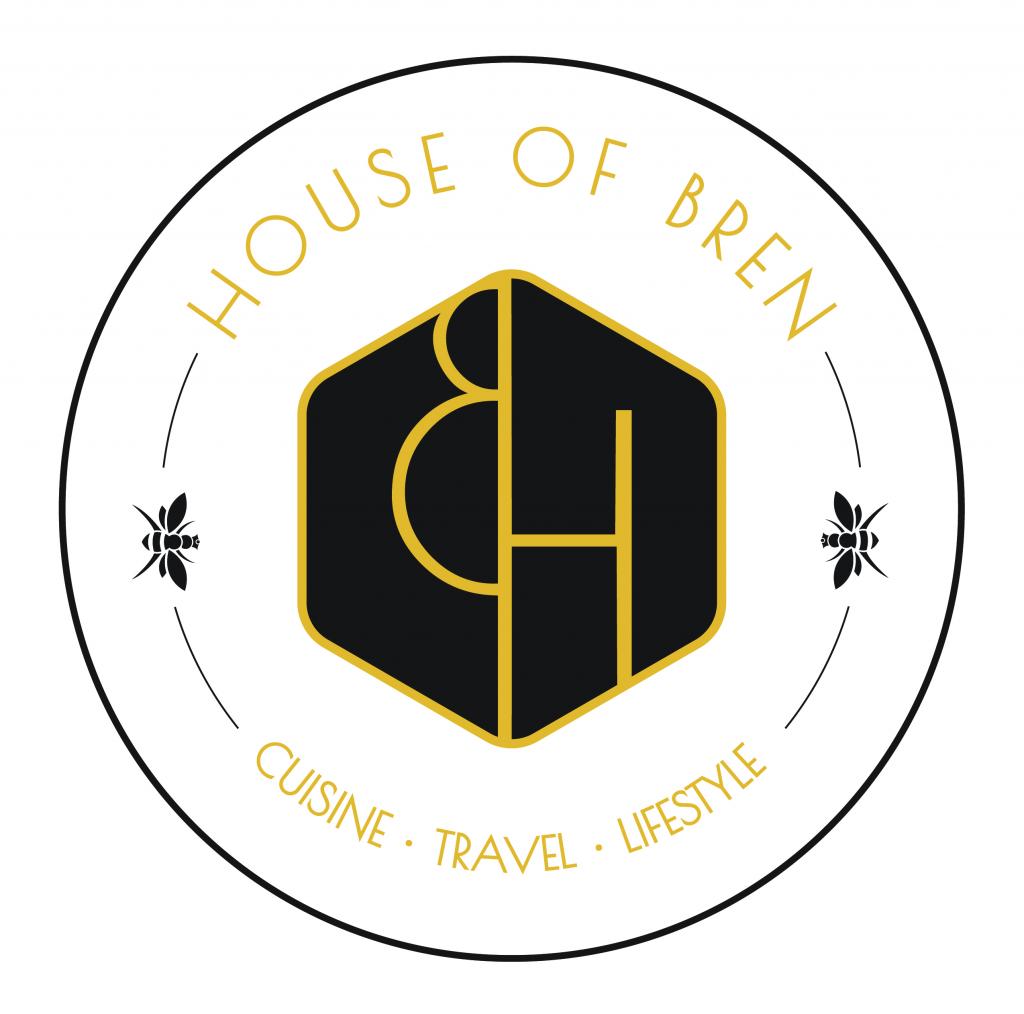
** Make sure to read my new magazine B! Inspired, a lifestyle magazine for the person looking to live the best life! Our preview/soft launch issue now online and available for download.

Eat well, love unapologetically, pray with true intention, and take care of yourself.


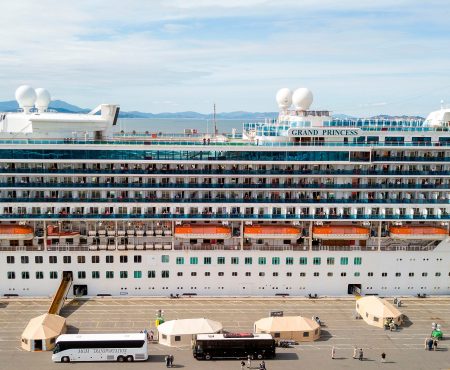

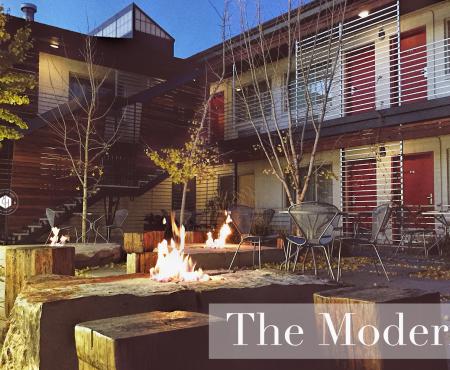

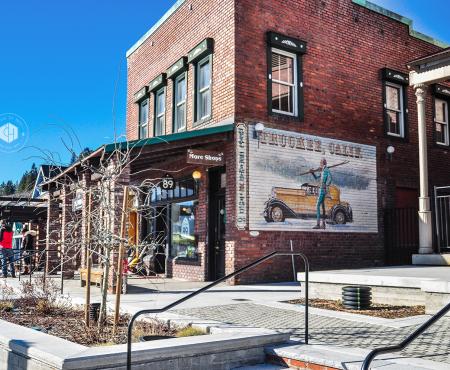





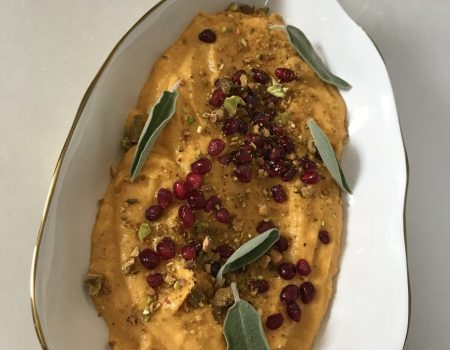


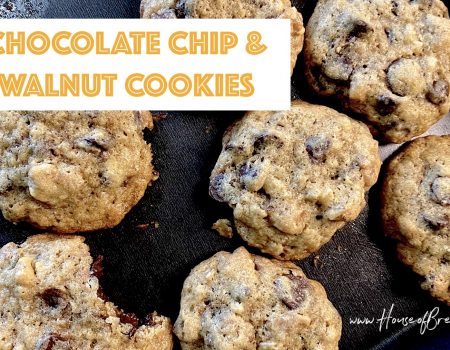


41 thoughts on “How Champagne Works, Part II”
I was in Reims and Epernay this past Summer visiting the M&C and VC houses… owned by the same parent company, but with different production philosophies.
Your article took me back to my trip… Thanks
I would like to thank you for the efforts you’ve put in writing this blog.
http://vibrantwave.com
We getting nice information through this blog.
It’s Greate and Very Helpful.
Thanks again and keep up the great work!
We getting nice information through this blog.
It’s Greate and Very Helpful.
Thanks again and keep up the great work!
105117 268117You produced some decent points there. I looked online for your issue and located a lot of people will go together with with the web site. 795928
Get upset! Really its a must to take a look past everything and get upset. Generally this will allow you to take the inititive to make things happen.
165008 673880I like this internet site because so considerably utile stuff on here : D. 456046
tadalafil 40 tadalafil dosage
40 mg tadalafil
tadalafil dosage: http://tadalafilonline20.com/ tadalafil pills 20mg
buy cheap prescription drugs online: https://genericwdp.com/ meds without a doctor prescription
overseas pharmacies shipping to usa medications without a doctor’s prescription
generic pills for sale generic pills without a doctor prescription
best place to buy viagra online buy real viagra online
100mg viagra
viagra without a doctor prescription where to buy viagra online
where to buy viagra
where to buy viagra online best place to buy viagra online
cheap viagra online
393601 46459I consider something truly interesting about your site so I saved to fav. 776035
cost of viagra viagra from canada
viagra 100mg price
best place to buy viagra online viagra discount
best place to buy viagra online
paxil for ocd paxil 30 mg
ed vacuum pumps
diflucan where to buy uk diflucan 150 mg canada
buy paxil paxil for menopause
best over the counter viagra https://viagrapills100.com/ buy viagra online canada
viagra from canada https://viagrapills100.com/ viagra online usa
viagra cost https://viagrapills100.com/ viagra online usa
price of viagra https://viagrapills100.com/ viagra discount
cheap ed pills from canada ed pills online
cheap ed pills
cheap ed pills usa buy ed drugs
cheap ed pills usa
ed pills online cheap ed pills
cheap ed pills from canada
buy prednisone online no prescription: buy prednisone online – best pharmacy prednisone
http://gabapentinst.com/# neurontin 300 mg price
http://prednisonest.com/# prednisone 7.5 mg
hydroxychloroquine sulfate generic: cheap plaquenil – plaquenil 600 mg
drug neurontin: buy neurontin – neurontin capsule 400 mg
http://hydroxychloroquinest.com/# plaquenil 75 mg
https://zithromaxproff.com/# buy zithromax 1000 mg online
cheap zithromax pills
http://zithromaxproff.com/# cost of generic zithromax
zithromax 500 price
http://zithromaxproff.com/# buy zithromax without prescription online
can you buy zithromax online
https://zithromaxproff.com/# zithromax order online uk
can you buy zithromax online
https://zithromaxproff.com/# zithromax capsules
where can i buy zithromax medicine
cephalexin price: buy minocycline generic
п»їorder chloramphenicol online
chloromycetin price: zithromax for sale
buy vantin